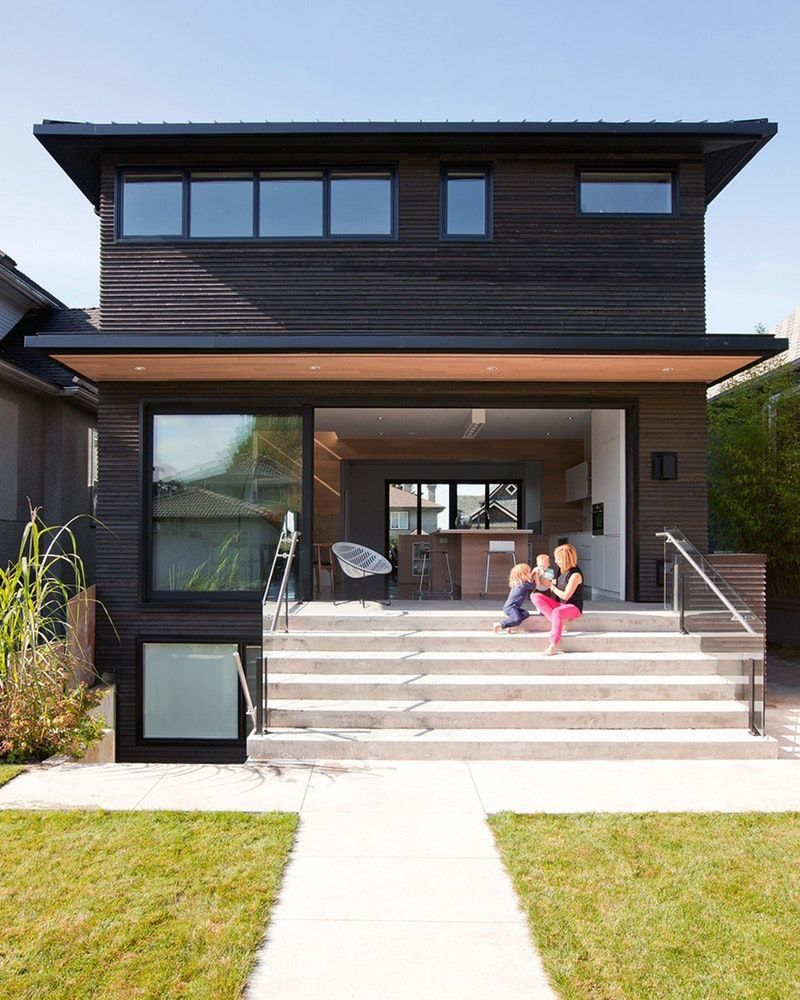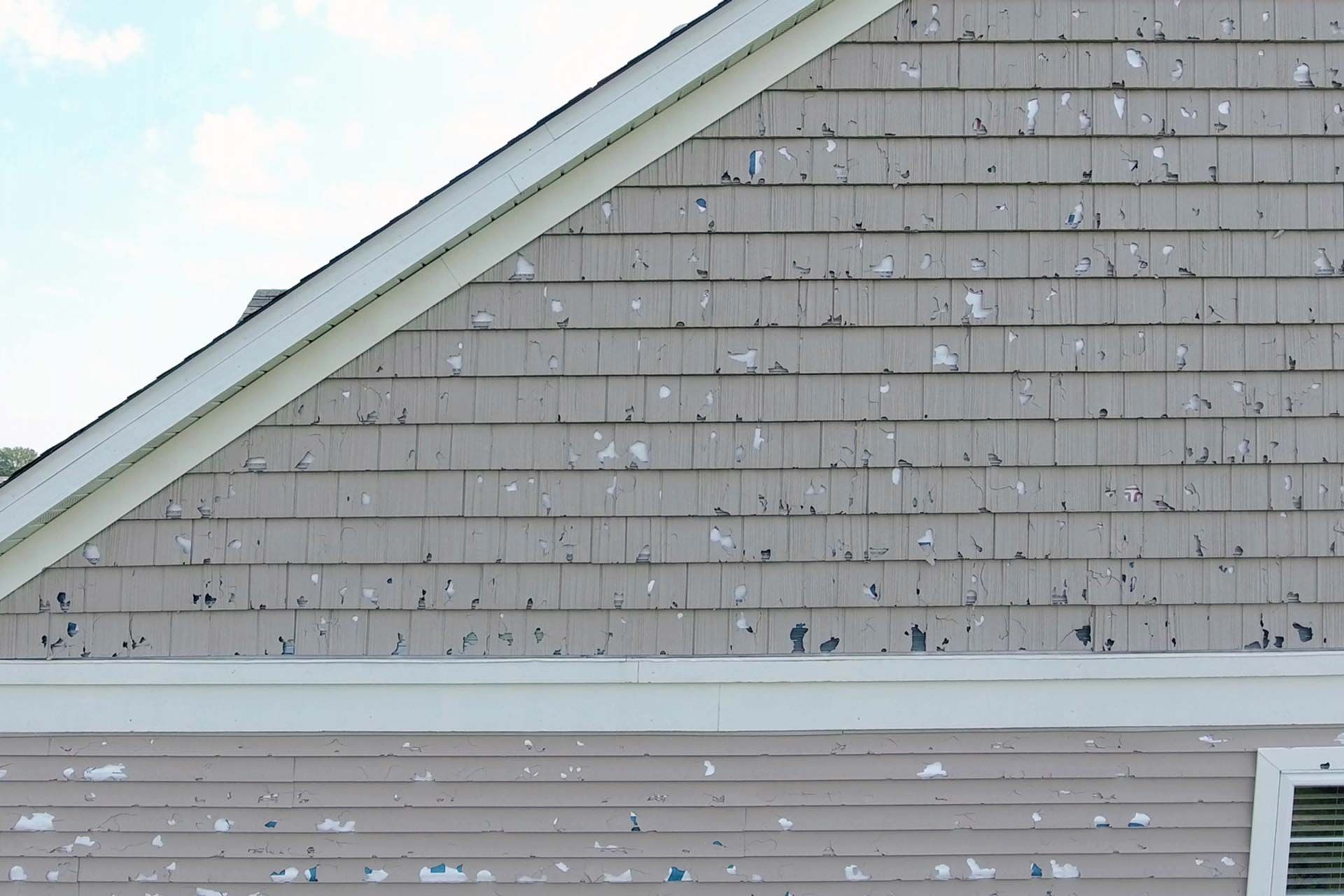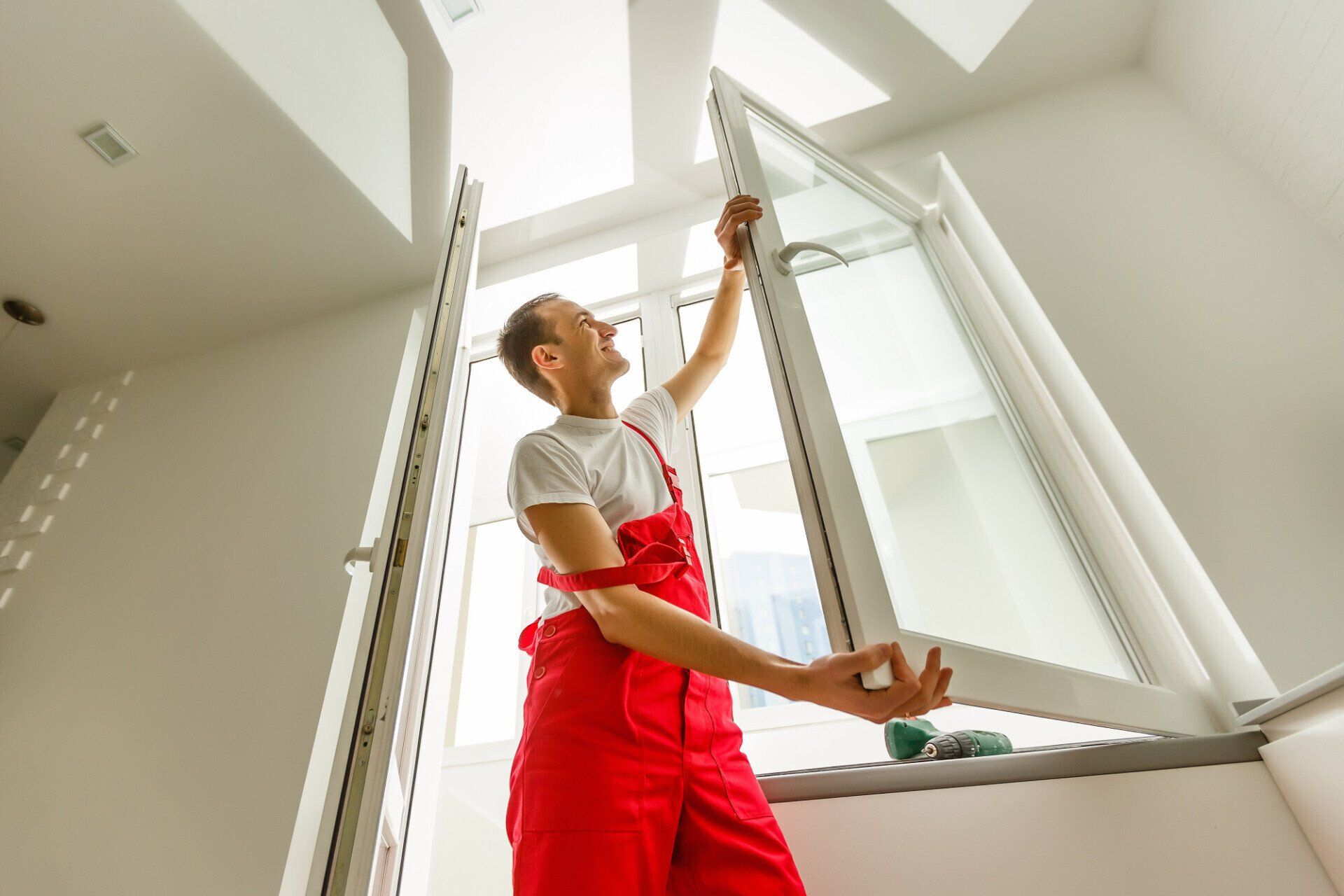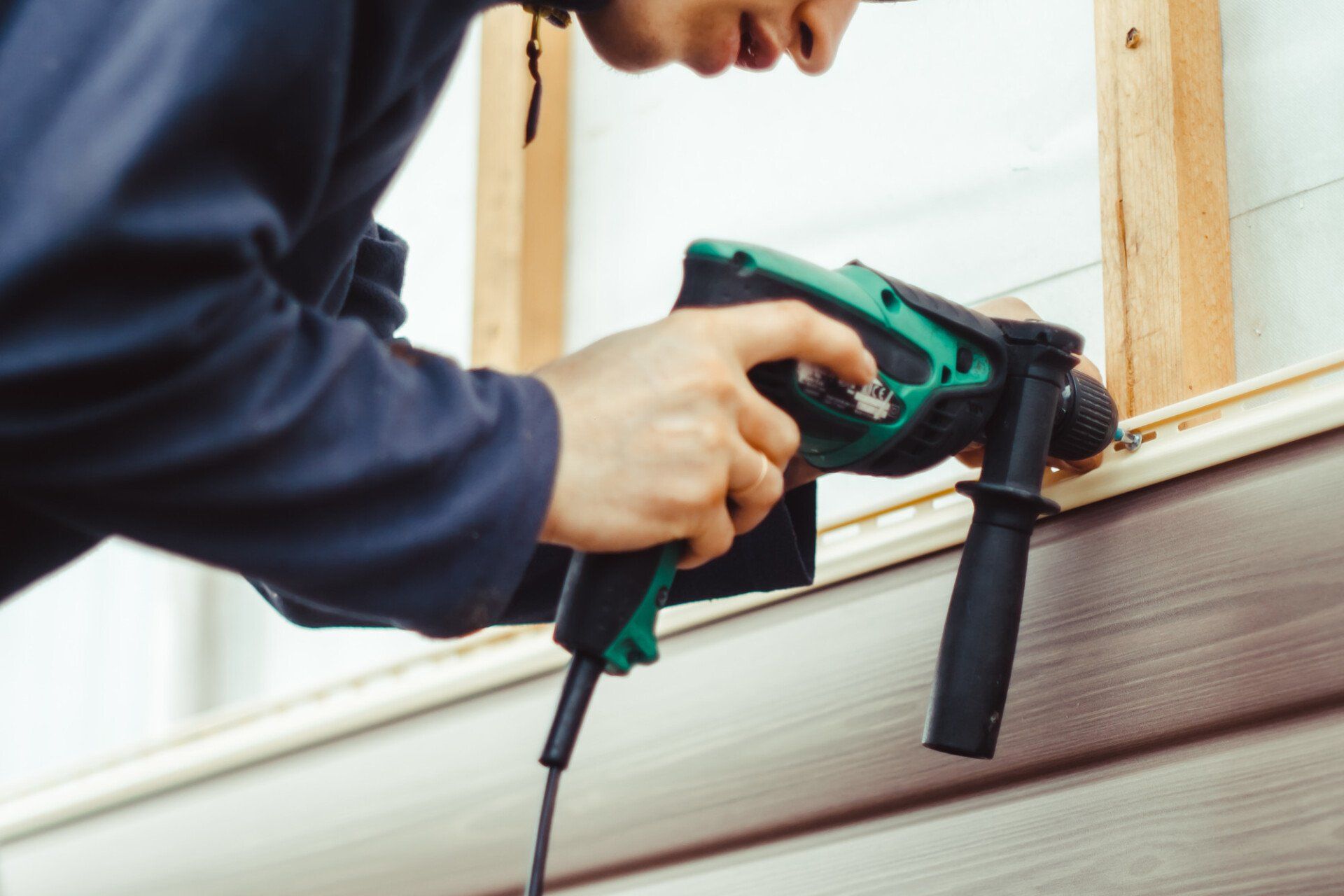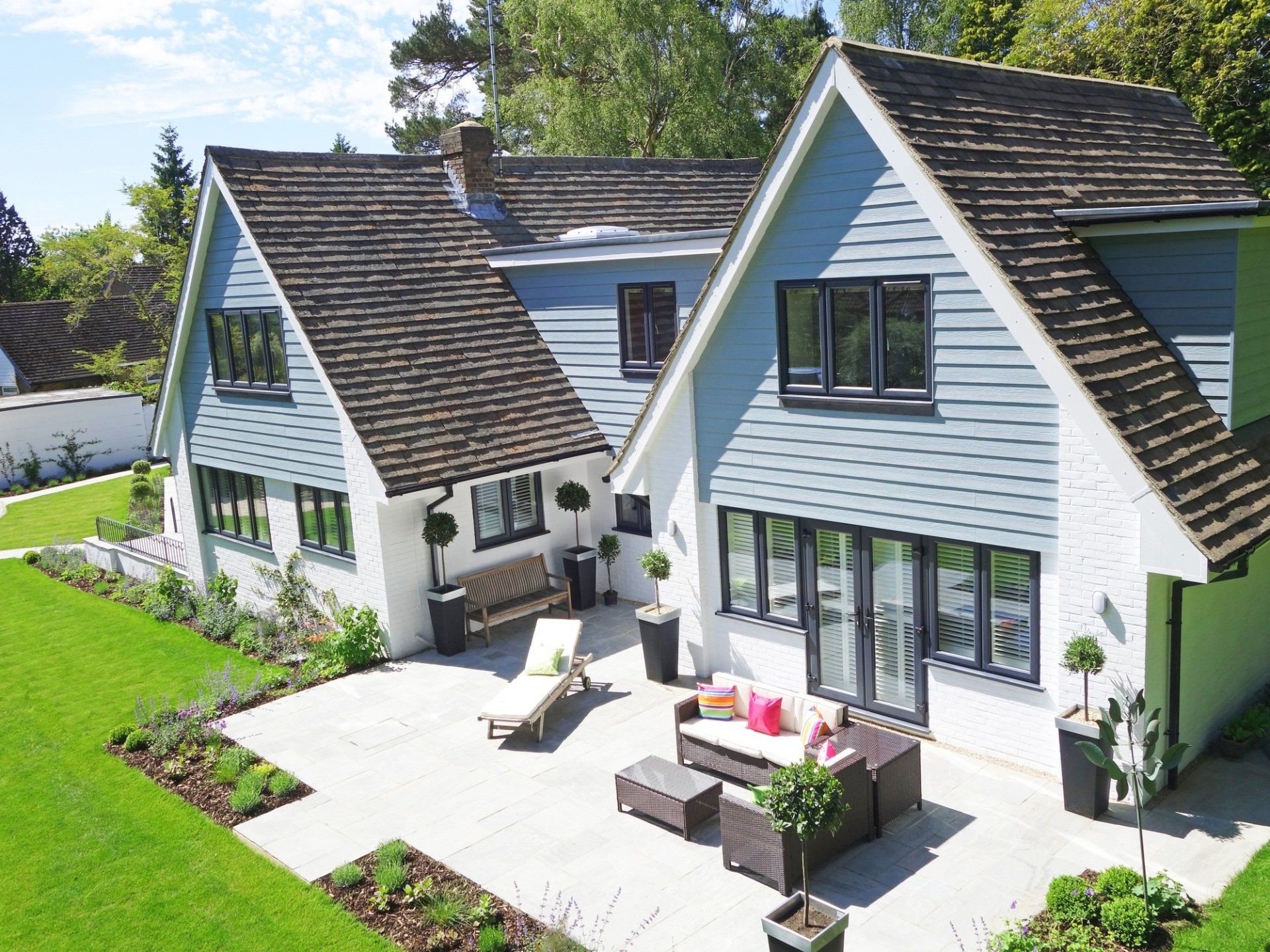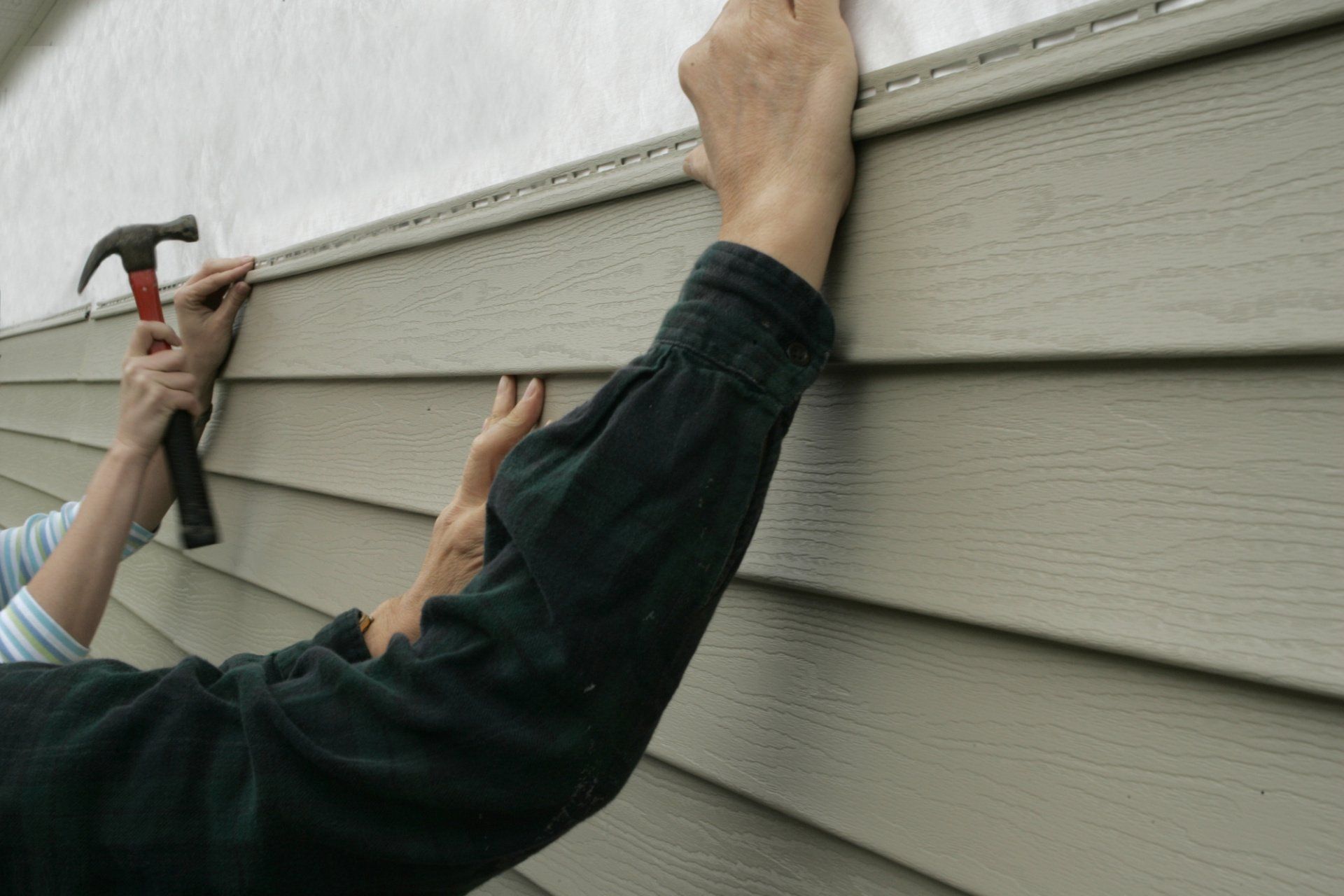It is important to watch for signs that it is time to replace your siding. Review this checklist to identify these indicators.
Did you know that certain types of exterior siding can last decades before needing to be replaced? Of course, this is only if you keep up with your siding and take care of it over the years. Eventually, certain signs will start to arise telling you that it's time to replace your siding sooner than later.
You might wonder why you should bother with siding repair and replacement even if your siding is starting to show signs of wear. The problem with damaged siding is that it isn't able to protect your house as it used to. If your siding can't protect your house, your home will start to get damaged as well.
That's one of the reasons why you should replace damaged siding as soon as you start to see signs of wear. But what kind of signs should you look for in the first place? Keep reading and learn more about the signs that it's time for a siding replacement.
Why Is It So Important to Replace Your Home’s Siding?
Your home's exterior siding is the only thing protecting your home from the elements. Without siding, your home would easily start to rot and fall apart. Brand new siding acts as the perfect shell around your house so none of the house's supports and other materials get damaged by wind, rain, or anything else.
But over time, the integrity of your house's siding will start to decline. You might not even realize that your siding isn't doing that great, but even so, the smallest signs of damage and wear can be detrimental. For example, when your siding becomes cracked, it can no longer act as a perfect seal around your house.
Rain will eventually be able to crawl in through the cracks and reach the inside of your house. Rot is a big problem that can occur when you fail to replace your siding after several decades. Because the exterior siding can no longer keep moisture out of your house, that moisture will start to penetrate any wood materials that it can find.
That means that your walls, the supports in the walls, the ceiling, and so on could all end up rotting due to excess moisture that your siding couldn't keep out. In the same vein, mold growth is another problem that tends to occur along with rot. Mold can be especially harmful to deal with, especially if you have allergies or sensitivity to mold.
Mold and rot can both be hard to find, especially if they are taking root in areas you can't see such as just behind your house's siding. Fortunately, all of these problems can be solved with new siding. But how can you know if it is time for new siding in the first place?
Your Siding Is Warping or Buckling
You can usually tell new siding from old siding by observing how smooth and even it is. Some types of siding such as metal siding may have a higher chance of warping than others. Even so, changes in the physical shape of your siding are a good sign that it's time to look into new siding installation.
New siding is pretty resistant to warping or buckling because the materials it is made of are fresh and strong. But over the years, these materials will start to wear down under the power of the sun, rain, and wind. Eventually, the protective layers of the siding will no longer be all that protective.
For example, wood siding has a tendency to warp over time. When it is new, it is covered in a protective coating that prevents this from happening. But eventually, the sun and rain will strip away this coating and moisture will be able to penetrate the wood siding itself.
When this happens, the wood will become weak and more porous than normal. As a result, the wood will start to change its shape. Some parts will start to curve while others remain straight.
While this may not seem like a big deal to you, it can cause some serious damage to your house. That's because once your siding starts to warp and buckle, it will no longer be able to create a good seal around your house. As a result, moisture will have a very good chance of slipping through the siding and into your house.
Metal and vinyl siding may warp as well. They tend to warp when the temperature changes. This is especially true for metal siding since metal expands and shrinks when the temperature changes.
Bubbles on the Siding
If you start to notice that bubbles are forming on your siding, your siding is in big trouble. Bubbles aren't hard to miss. They look like blisters forming along the surface of your home's siding.
Some types of siding are more likely to bubble than others, but even so, you will need to fix these bubbles immediately. These blisters tend to start out small, but over time, they will expand in size until they take up large swaths of your siding. They might look relatively harmless, but they are a key sign that water has somehow penetrated the siding in some way.
If you let the blisters be, they will eventually break open and expose the rest of the siding underneath that is not protected by any kind of coating. Once this starts to happen all over your house's siding, you can imagine that your siding will no longer be very protective or attractive for your home.
The bubbling is a result of the top layer of the siding separating from the deeper layer due to water getting in the way. Besides damaging the siding itself, the same water will be able to penetrate beyond the siding and affect the deeper structures of your house. If this happens, you might start to notice a musty smell in your home.
That musty smell is almost always due to moisture accumulating somewhere in the house. When this happens, as mentioned before, your house will become the perfect breeding ground for mold and rot. As soon as you see bubbles on your siding, there is really no point in keeping that siding anymore.
The bubbles are proof that water has already done enough damage to the siding and that the siding can no longer do its job.
High Energy Bills
While most of the signs to replace your siding are physical, some, like high energy bills, are not. Your siding might more or less look fine on the outside, but you might notice that your energy bills only seem to get higher and higher even though you're not using any more energy than usual. This is a clear sign that your siding isn't doing a good job insulating your house anymore.
Besides protecting your house from the wind and rain, your siding is designed to regulate your home's temperature. For example, if it's very hot outside and you have the air conditioning running inside, your siding will keep the hot air out and the cold air in. But once your siding starts to get old, it won't be able to do this as well as it used to.
The reason for this is usually cracks and chips throughout the siding which compromise its seal. These cracks might be so small that you can't even see them, but even so, they can still ruin your siding's ability to regulate your house's temperature. As a result, your energy bills will start to climb.
That's because your heating or air conditioning will have to stay on more often to balance out your house's temperature. While this might not be a problem if it only happens once in a while, it will become a constant occurrence if your siding is no longer able to keep the air inside your house separate from the air outside your house.
While replacing siding can be expensive, so can your energy bills. In the long run, replacing your siding is actually cheaper than dealing with expensive energy bills for years on end.
Everything You Need to Know About When to Replace Your Siding
There are many signs that can tell you whether or not it's time to replace your siding. Many of the signs involve physical damage to the siding itself. For example, if you notice that your siding is starting to warp or bubble, those are both very good signs that it's time to get new siding.
If you don't, your house will suffer because moisture will enter and start to cause serious damage. So if you are interested in getting new siding, don't hesitate to contact us here.

